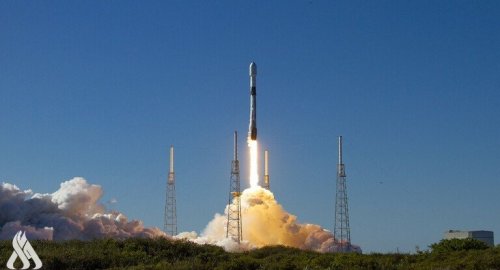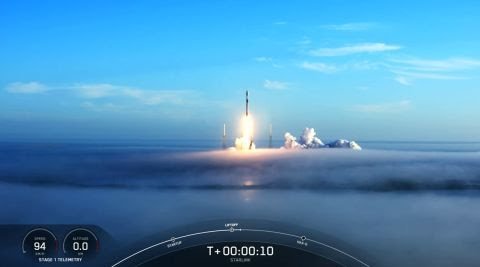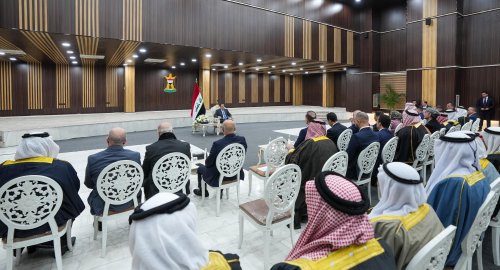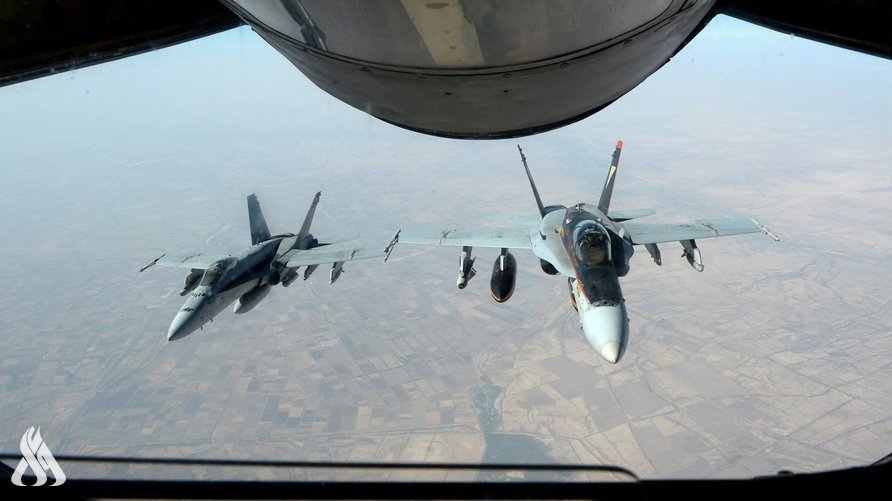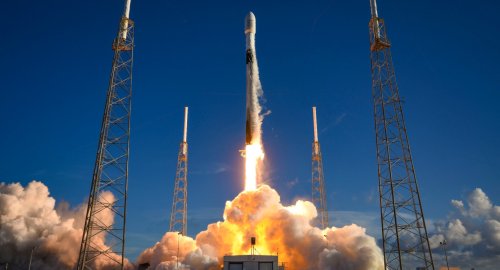
Danuri, the first South Korean moon mission orbiter by SpaceX

- 6-08-2022, 20:00
INA - SOURCES
South Korea launched its first-ever lunar mission; in fact, its first-ever mission beyond low Earth orbit.
Formerly called the Korea Pathfinder Lunar Orbiter (KPLO), the mission, managed by the Korea Aerospace Research Institute (KARI), is now named Danuri, a play on the Korean words for “moon” and “enjoy.”
Its primary goal is to test South Korea’s lunar spacecraft technology before it makes a bid to land on the surface, tentatively in 2030 if all goes well.
Danuri launched atop a SpaceX Falcon 9 rocket from Cape Canaveral Space Force Station at 7:08 p.m. EDT on August 4, with the rocket’s booster landing successfully on the drone ship “Just Read the Instructions” just a few minutes after liftoff.
The spacecraft is now on a very circuitous route to the moon. It will first fly toward the sun before looping back toward its destination, arriving in lunar orbit in mid-December. Taking this longer route, known as a ballistic lunar transfer, uses a gravity assist by the sun to make the journey more fuel-efficient.
When Danuri arrives at the moon, stationed in a 62-mile-high orbit, it will perform research with its six science instruments: a magnetometer, a gamma-ray spectrometer, an experimental communications system and three cameras, including one designed by NASA that is sensitive enough to see inside the moon’s permanently shadowed craters, which could contain water ice.
US Central Command: We killed ISIS terrorist leader Abu Yusuf in Syria
- International
- 24/12/20
Liverpool compete with Real Madrid to sign Olympique Lyonnais star
- Security
- 24/12/19
ISC, ADX discuss Strengthening Economic Ties
- Economy
- 24/12/16
Iraq assumes presidency of Arab Investment Company’s Executive Board
- Economy
- 24/12/17
